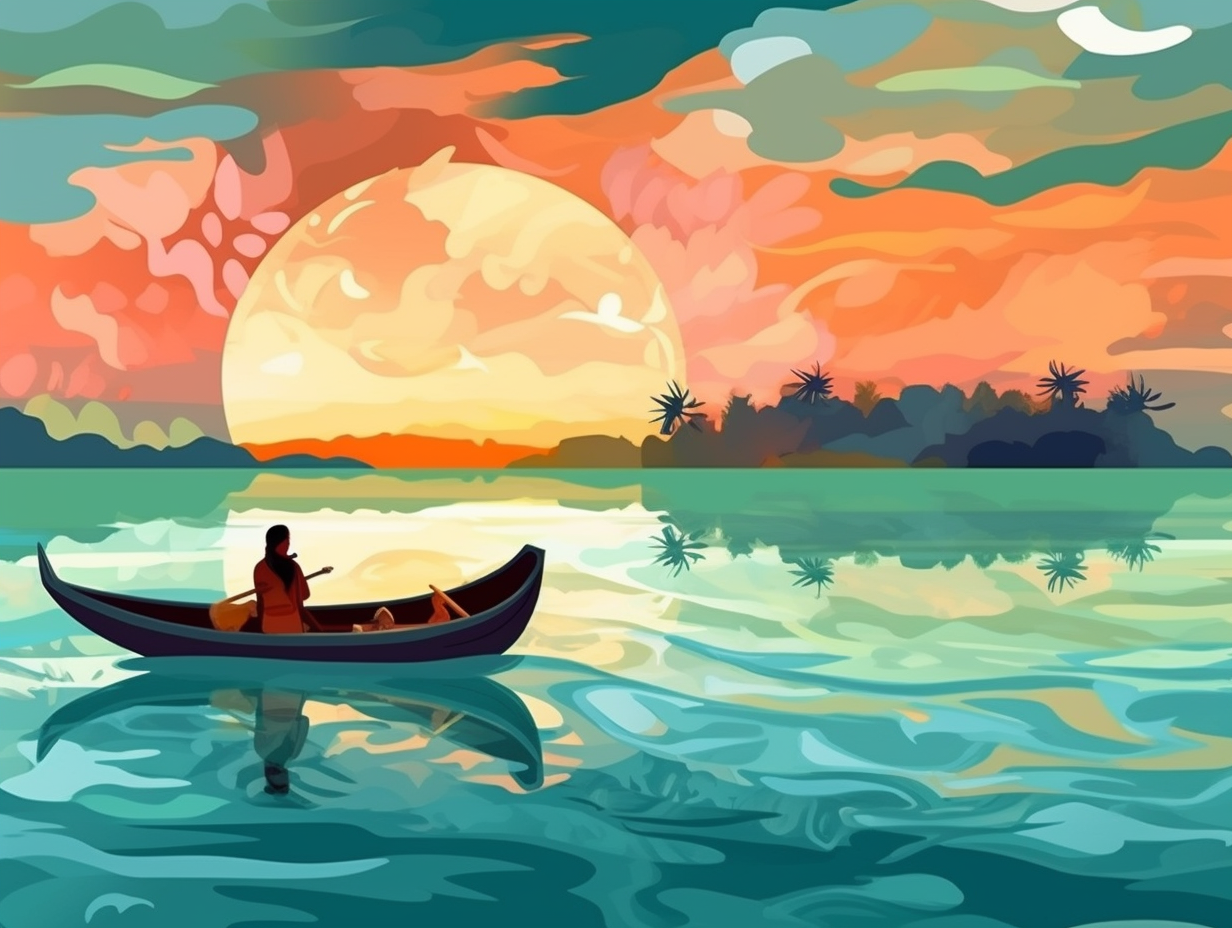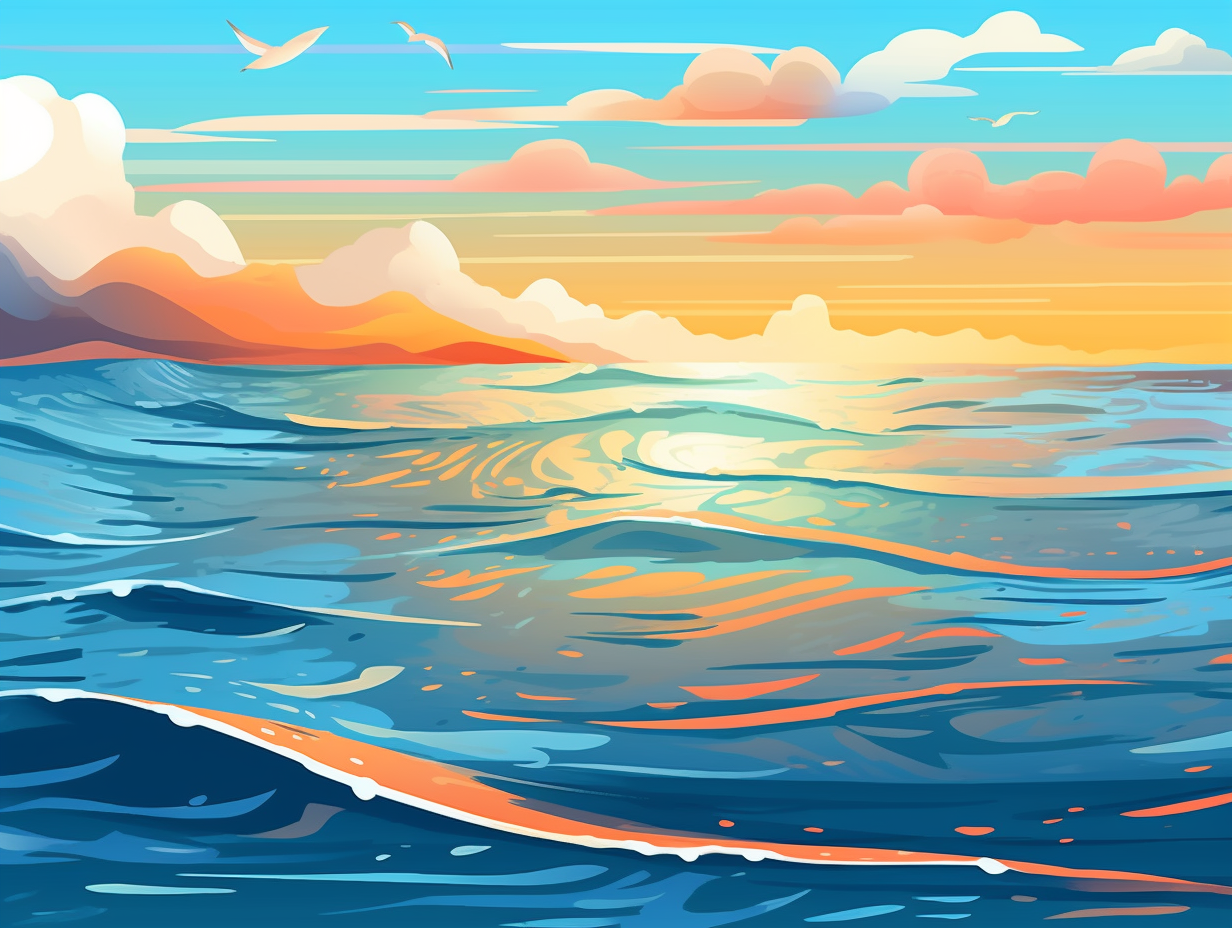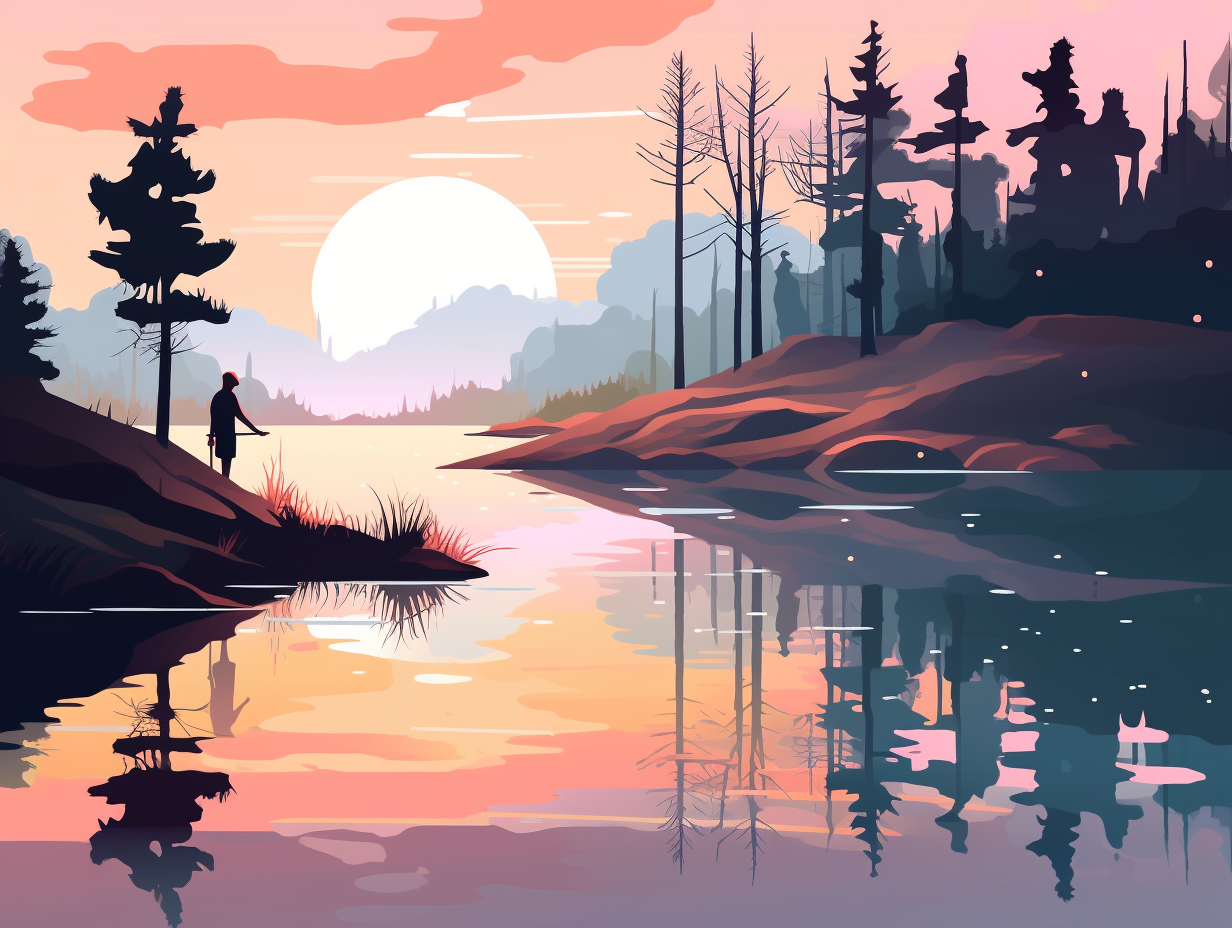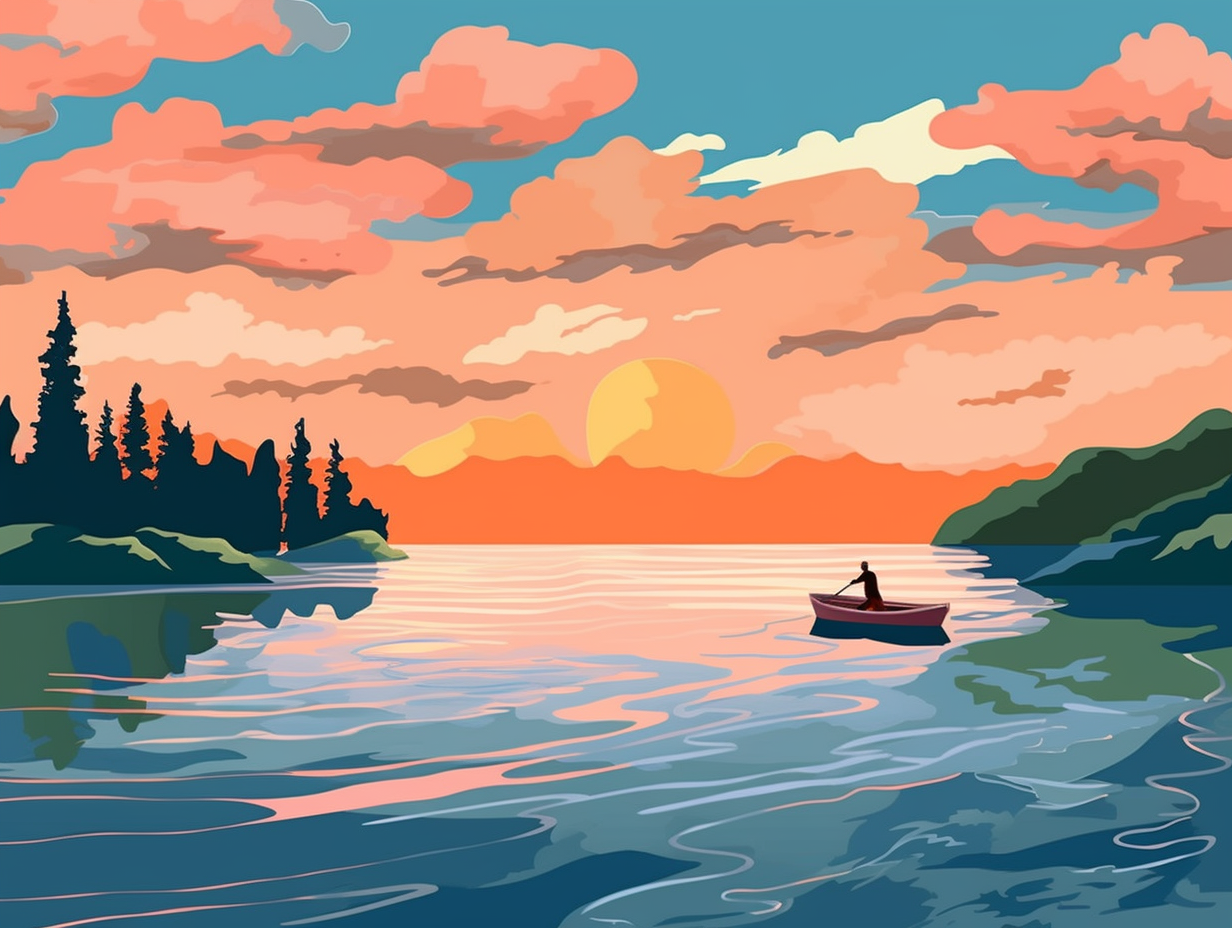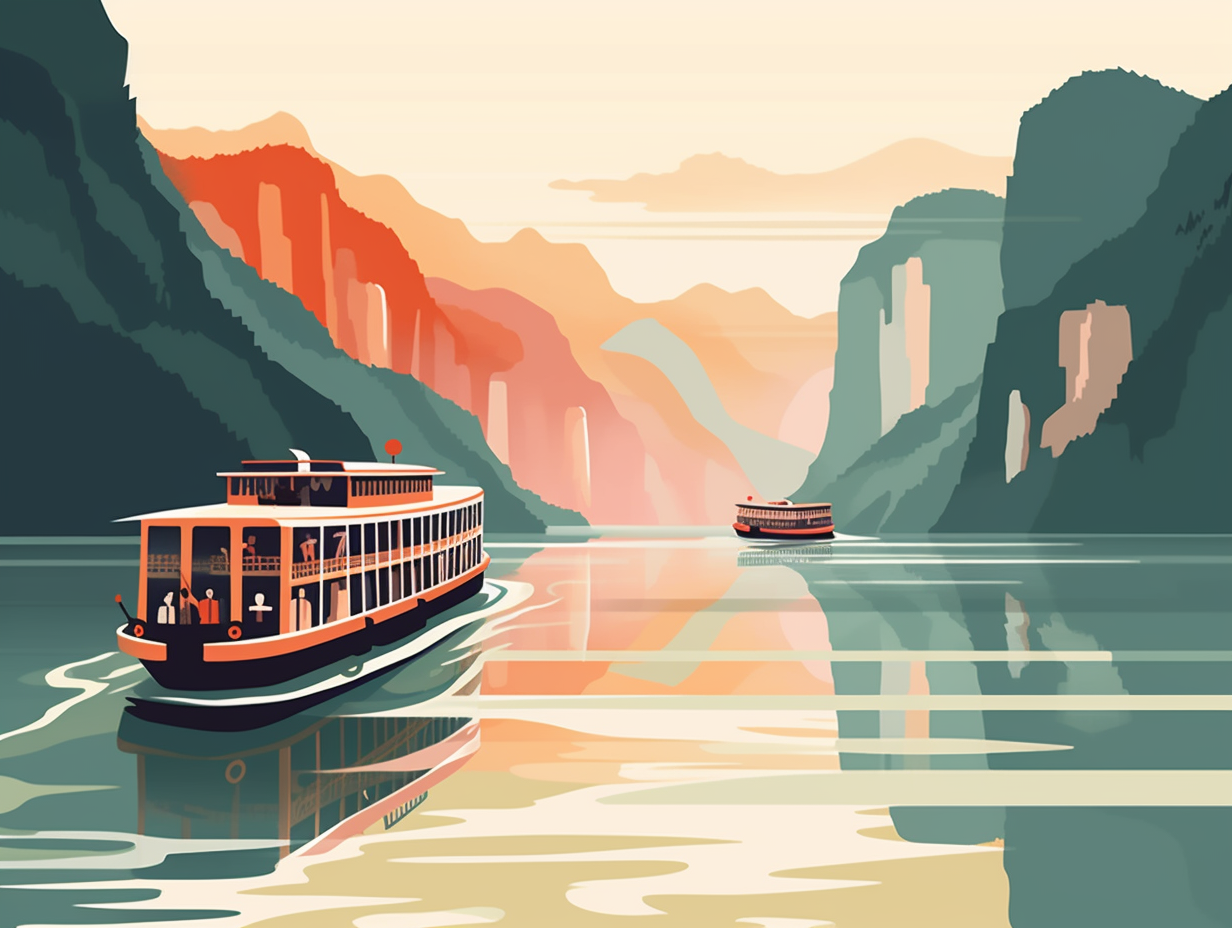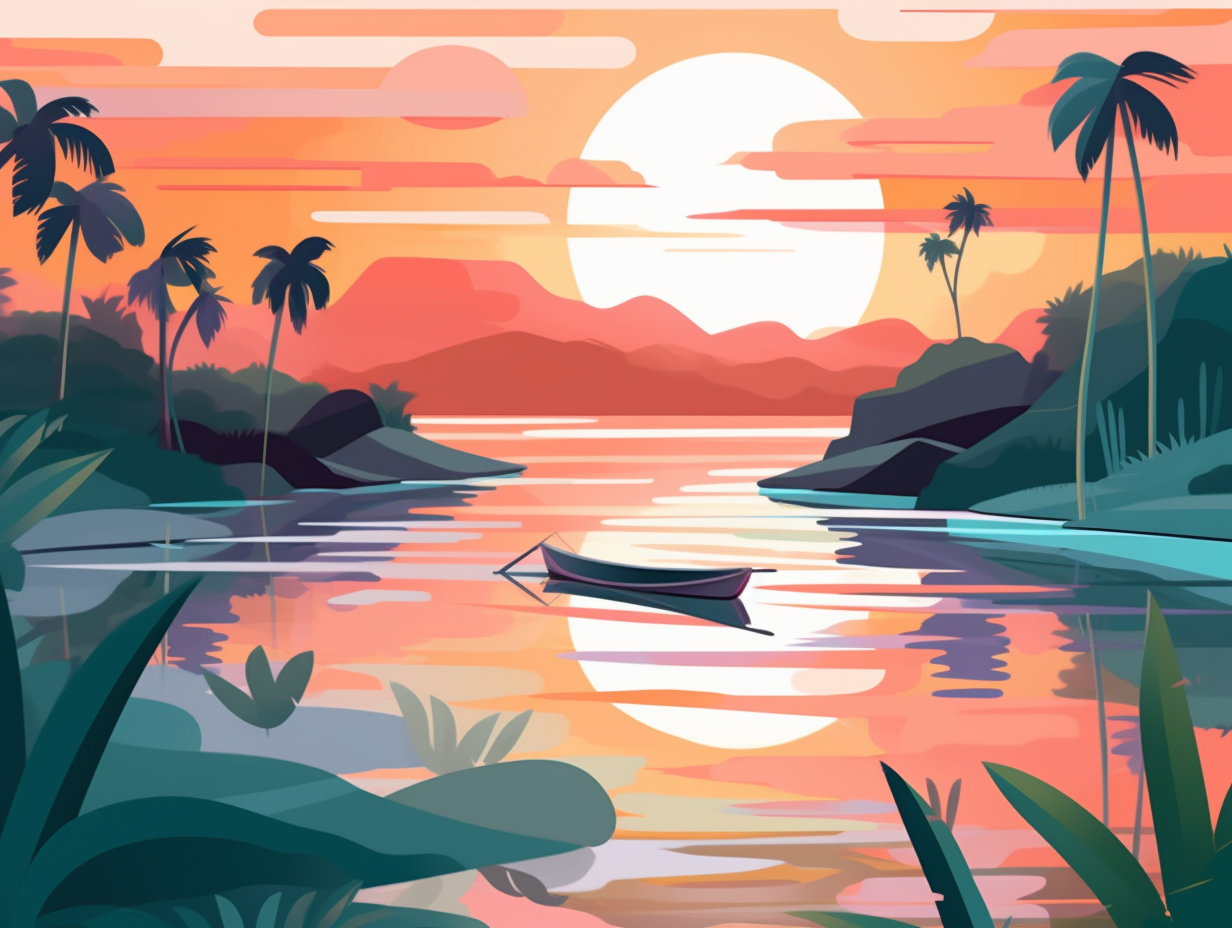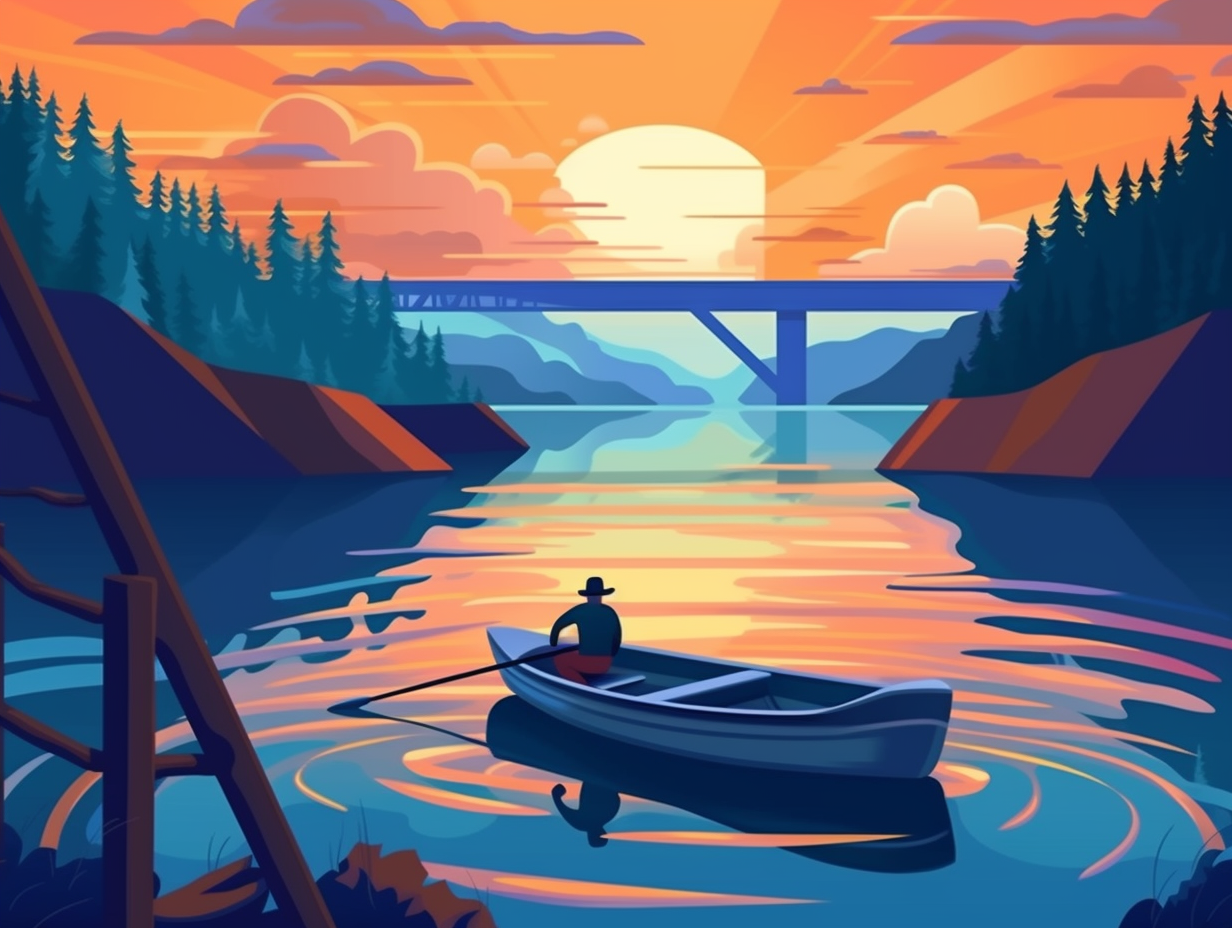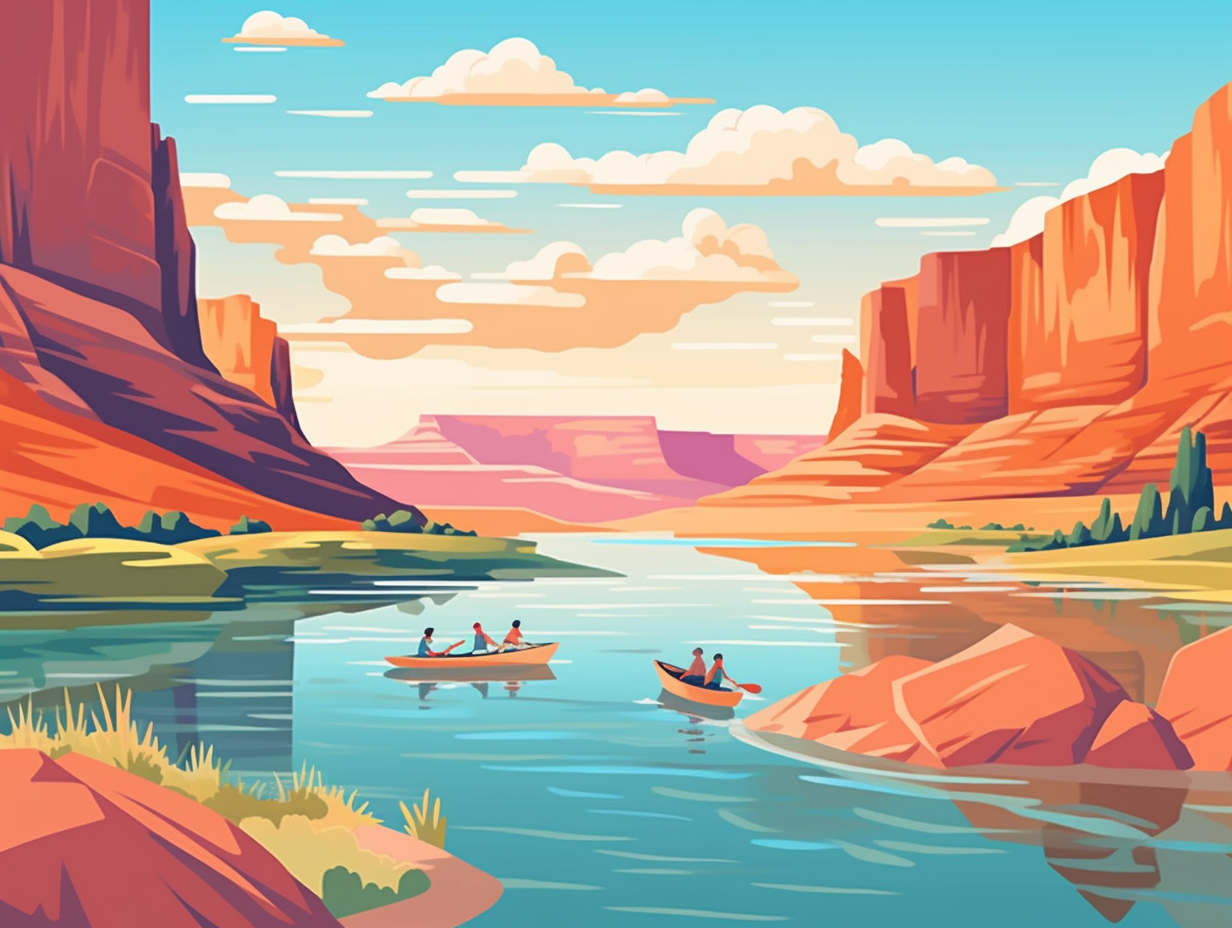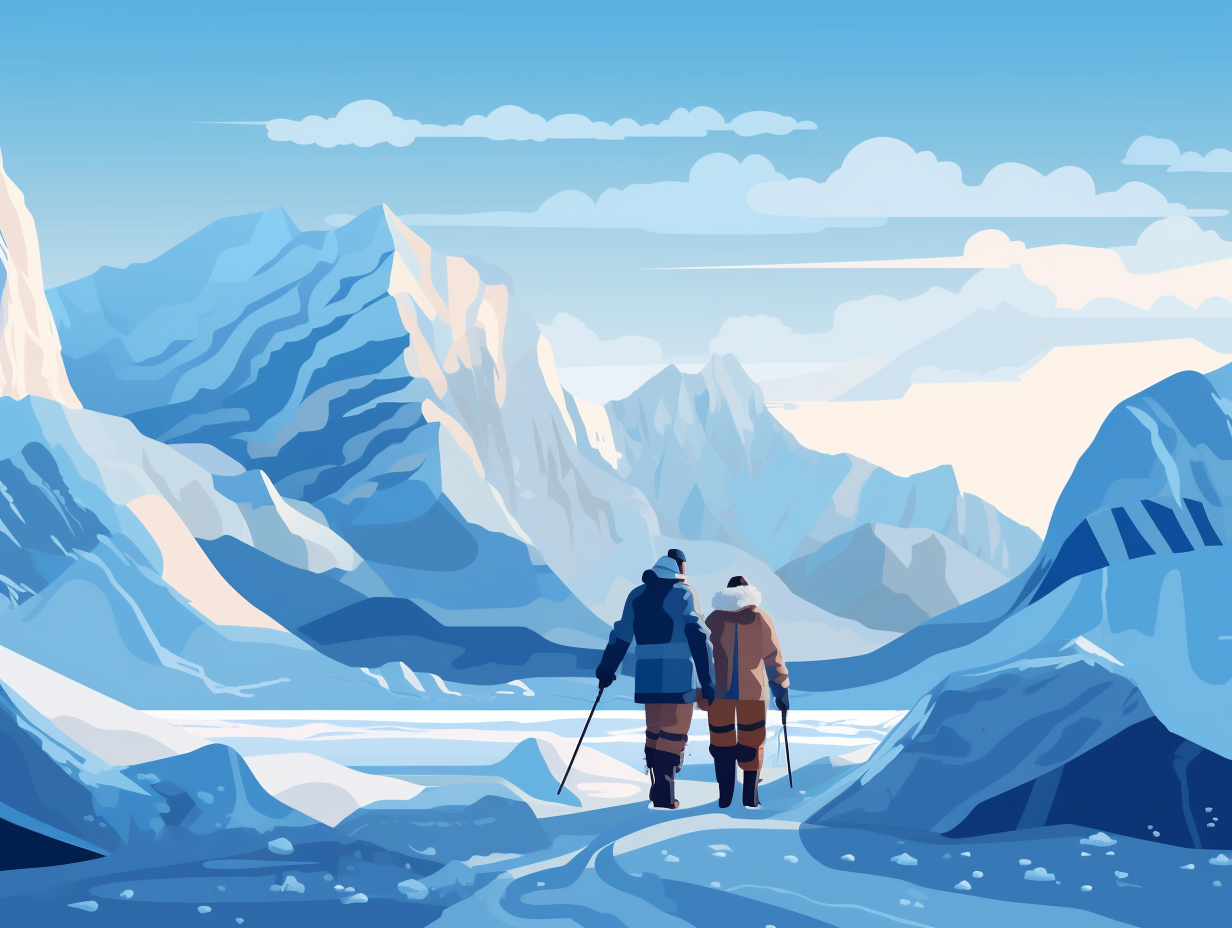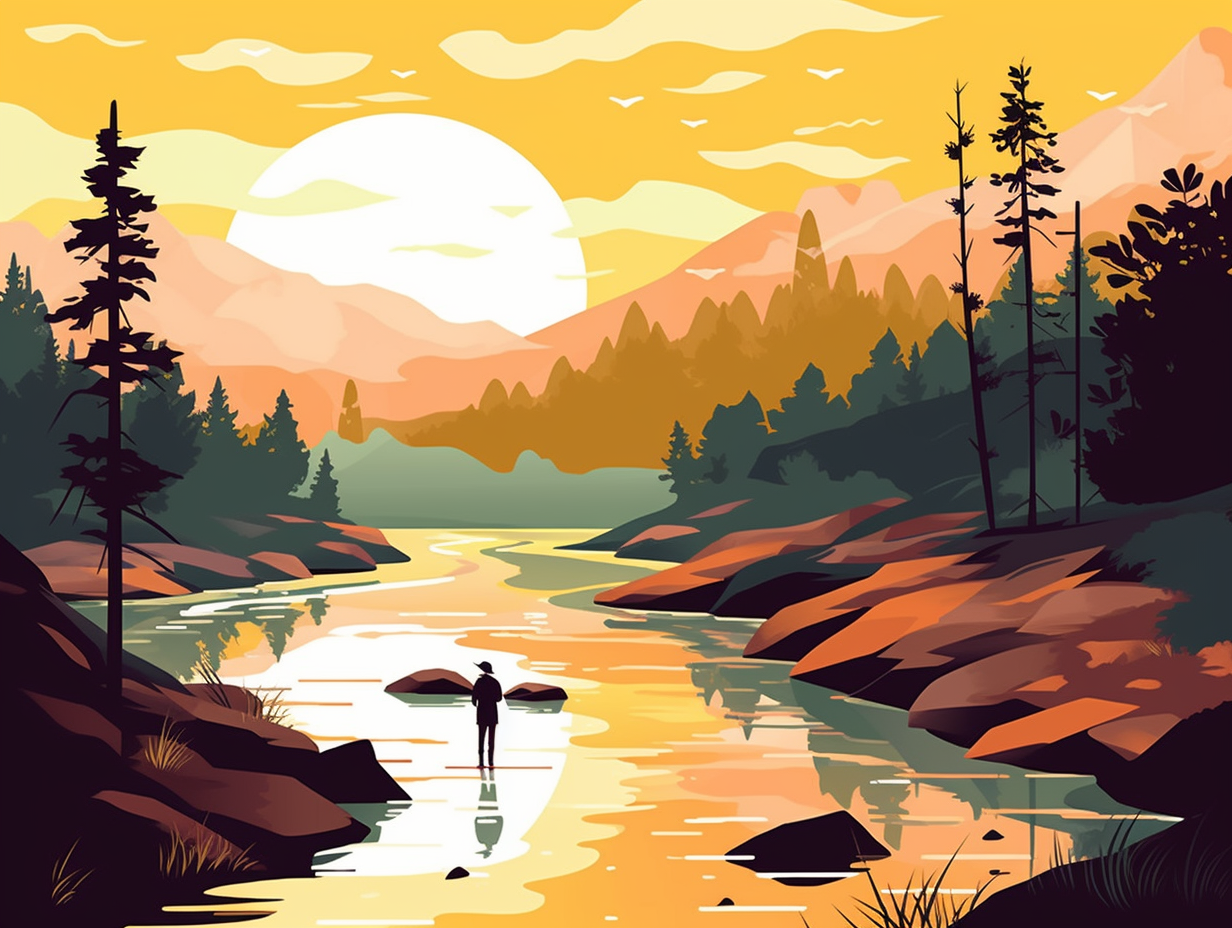Discover the Caspian Sea: Top 12 Amazing Fun Facts You Never Knew!
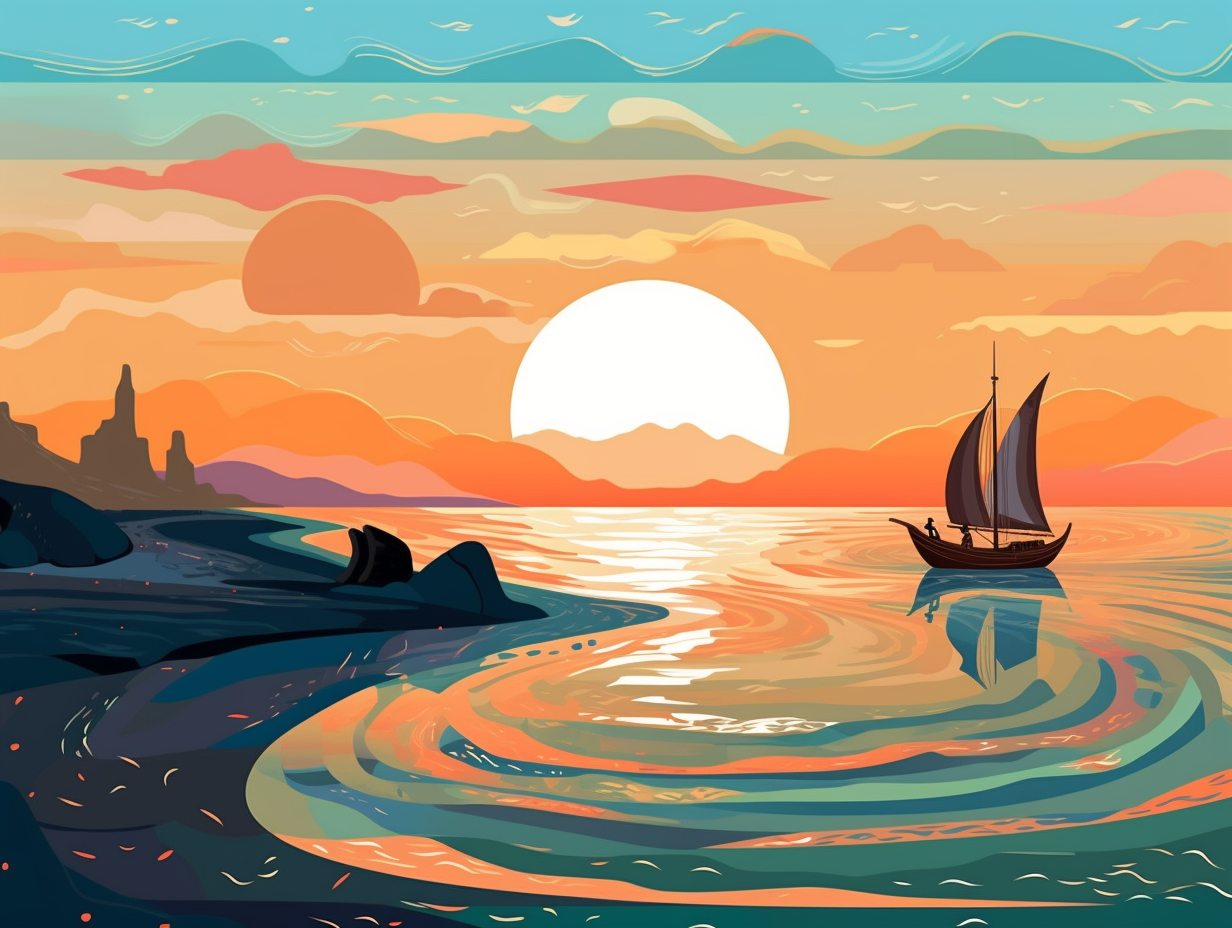
1. The Caspian Sea's Identity Crisis
Caught in an identity crisis bigger than an adolescent superhero: the Caspian Sea is the world's largest "maybe-a-lake, maybe-a-sea" conundrum, with its massive 371,000 km² surface area, 3,626,000 km² catchment area, mysteriously missing connection to the ocean, and an odd blend of fresh and saltwater to keep everyone guessing.
Source => en.wikipedia.org
2. Swiping Right for the Ultimate Geographical Catch
If the Caspian Sea were on Tinder, it would probably get swiped right for its astonishing size and unmatched depth in the world of inland waters: Whoa there, the Caspian Sea is, in fact, the largest inland body of water on Earth, boasting a vast surface area of 371,000 square kilometers, making it larger than Germany and accounting for 40-44% of the total lake waters of the world – talk about being the ultimate geographical catch!
Source => en.wikipedia.org
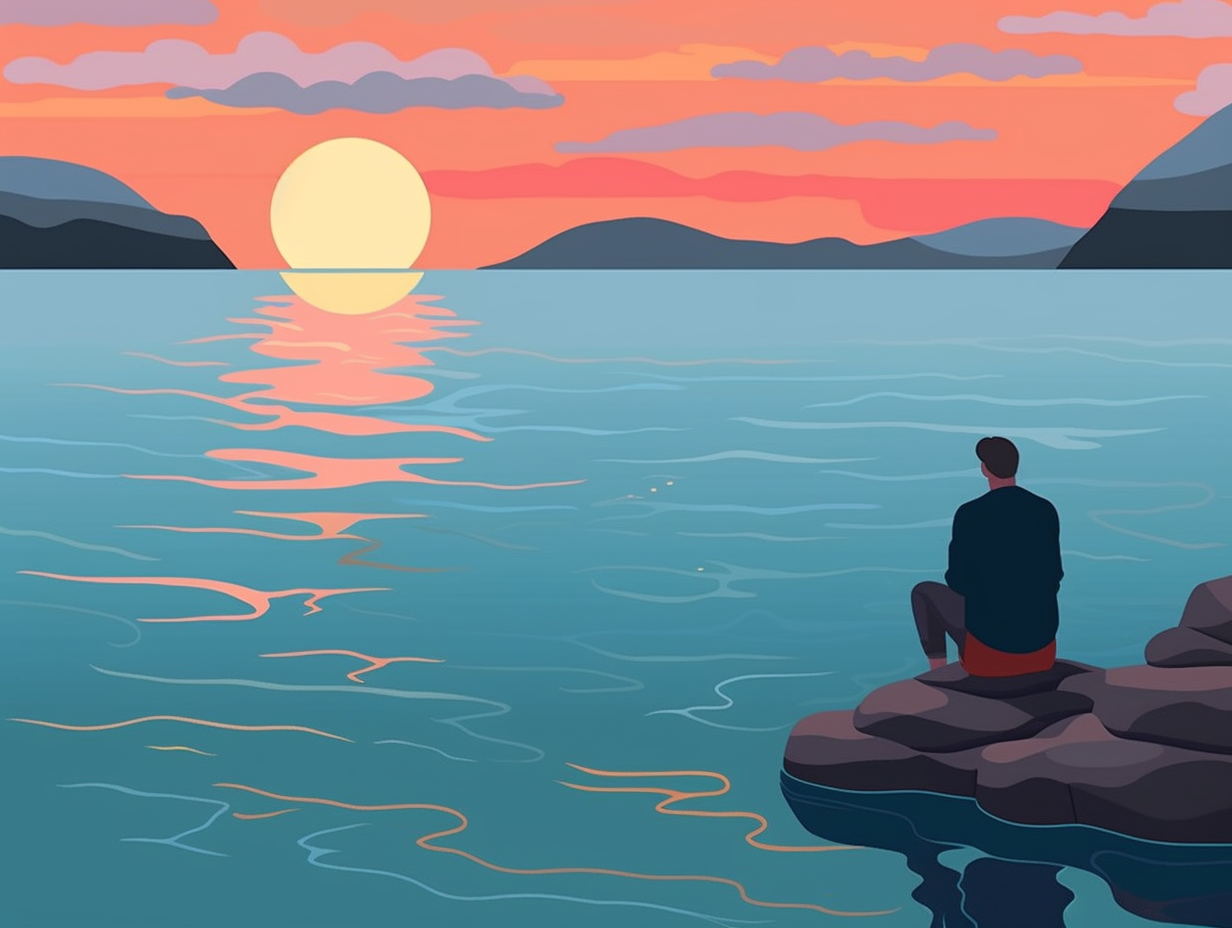
Dive into the mysterious depths of the Black Sea, where gothic themes, sulfur bacteria, and intriguing naming theories await. Discover what makes this dark cocktail an "Inhospitable Sea"!
=> Fun Facts about The-Black-Sea
3. Garabogazköl's Salty Attitude
The not-so-dead sea of Garabogazköl has a salty attitude fit for a seasick pirate: This Turkmenistan lagoon boasts an average salinity of 35%, making it one of the saltiest bodies of water in the world, with locals harvesting its valuable salt deposits since the 1920s.
Source => en.wikipedia.org
4. The Caspian Sea's Marine Fashion Week
Ahoy, caviar connoisseurs and oil barons! Did you know the Caspian Sea is not just the place to swim in black gold and munch on fishy luxury snacks? It's got its own exotic marine fashion week, too: Home to over 130 rivers, this salty diva of a sea parades a diverse range of flora and fauna, featuring exclusive marine models like the Caspian seal, sturgeon fish (the true star of the caviar scene), and the Kutum fish. Despite the threatening pollution paparazzi and river-damming stage crew, efforts are being made to conserve this exclusive ecosystem and let it strut its watery riches for years to come.
Source => en.wikipedia.org
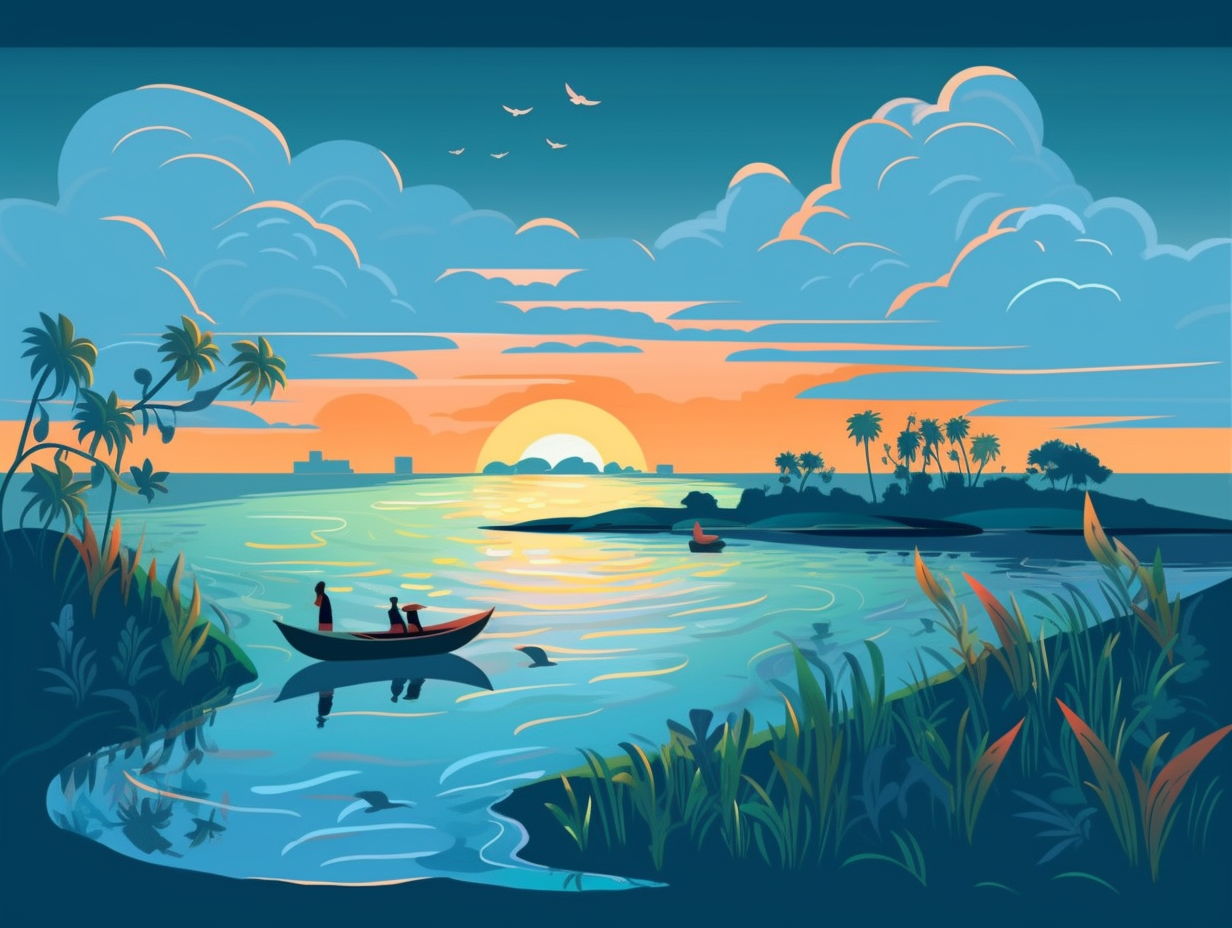
5. Caspian Sea's "I Survived Paratethys Ocean" Mug
Imagine the Caspian Sea holding a very long "I Survived Paratethys Ocean" mug, filled with salt water: This modern-day body of water is actually a leftover relic from the Paratethys Ocean, which once covered a vast area of central and eastern Europe about 33.9 to 23 million years ago, eventually getting cut off due to tectonic activity and leaving us with the Caspian, Black, and Aral seas as remnants of its once-grand seaward expanse.
Source => en.wikipedia.org
6. A Caviar-Filled Goldmine
Whoever said "no good fish goes anywhere without a little caviar" clearly had the Caspian Sea in mind: this vast body of oil-rich water, shared by Iran, Kazakhstan, Russia, and Turkmenistan, is a veritable goldmine of caviar-producing sturgeon, adorable seals, and a rainbow of fish species, whose lives have become somewhat slimy due to pollution from oil industries and a barrage of damning dams.
Source => en.wikipedia.org
7. Saving the Sturgeon, One Caviar at a Time
You know what they say, "A caviar in time saves nine...sturgeon!": The Caspian Sea's sturgeon population has declined by a whopping 70% due to overfishing, pollution, and poaching, earning them the title of the most critically endangered species by the International Union for Conservation of Nature, and making farmed sturgeon caviar a much more sustainable choice for a fancy shmancy treat.
Source => globalseafoods.com
8. Oil and Water Tango in the Caspian Sea
Oil and water may not mix, but in the Caspian Sea, they certainly like to tango cheek to cheek and dip into their own private wells: The Caspian Sea region, home to 48 billion barrels of oil and 292 trillion cubic feet of natural gas, boasts the title of the largest enclosed inland body of water on Earth, complete with a guest list of unique species found nowhere else in the world.
Source => eia.gov
9. The Hydro-Hustler Caspian Sea
Meet the Caspian Sea, the hydro-hustler that conned five countries into thinking it was an ocean: Originally part of the ancient Paratethys Ocean, this aquatic trickster now reigns supreme as the world's largest inland body of water and boasts unique sturgeon species, like the Rolls-Royce of fish eggs—the Beluga sturgeon—coveted for its posh caviar.
Source => en.wikipedia.org
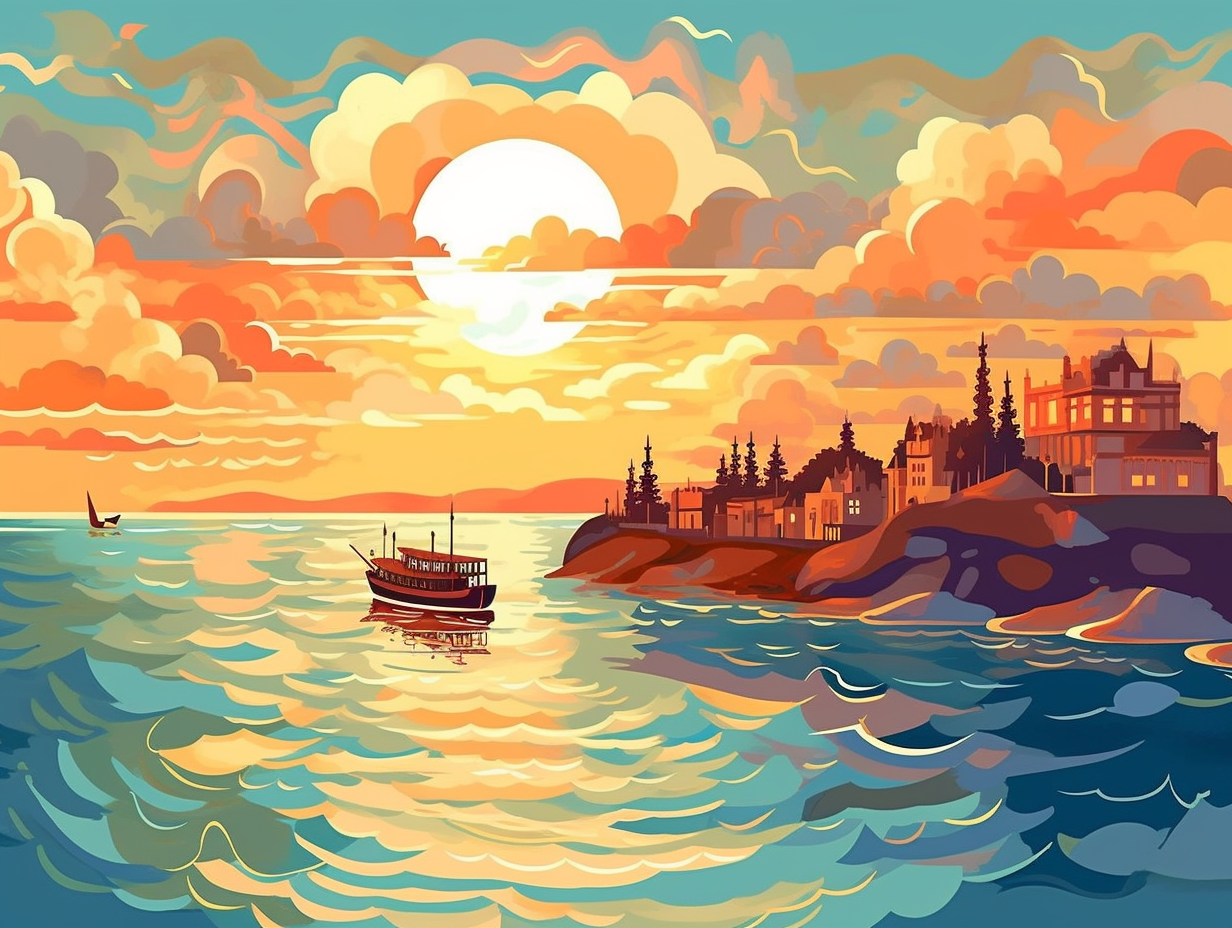
10. Lemonade and Oil Spills
When life hands you lemons, you make lemonade; and when the Caspian Sea hands you the world's largest hydrocarbon reserves, you try not to spill oil all over the place: The Caspian Sea's abundant natural resources come with a caveat, as oil and gas production threatens its fragile ecosystem. However, progress is being made with the signing of the Environment Impact Assessment Protocol in 2018 – a milestone pact by the five littoral countries to evaluate the potential environmental ramifications of future development projects, securing the future of this ecological "sink or swim" region.
Source => unep.org
11. The President of Watery Depth Approval Ratings
If the Caspian Sea were to run for president, it would have great depth-approval ratings in the south and shallow supporters in the north: This unique body of water has over 130 rivers flowing into it and varies greatly in depth, with a shallow average of 5-6 meters in the north, but boasting a whopping depth of over 1,000 meters further south. And for a little icing on the island cake, it even has adorable small islands in the north, covering a total area of approximately 2,000 square kilometers.
Source => en.wikipedia.org
12. Seaweed-Free Ruler of Inland Seas
Blame it on the llamas or mother nature's sense of humor, but you'll never guess which sea rules the world of inland seas without a shred of seaweed in its crown: The Caspian Sea – Earth's largest inland body of water, boasting a vast 143,000 square mile surface area. This water wonderland is surrounded by Russia, Kazakhstan, Turkmenistan, Iran, and Azerbaijan, and is home to the Caspian seal, sturgeon fish, and Caspian gull, truly a one-of-a-kind watery kingdom.
Source => weforum.org
Related Fun Facts


